Discover the chemical composition, characteristics, and equivalent ASTM standards for Q195 steel. Discover the main ingredients and percentages that comprise the composition of this famous Chinese steel type. Learn about Q195 steel‘s strength, ductility, and formability, which make it ideal for a variety of applications. Find related ASTM standards to locate similar grades. Gain useful insights on Q195 steel‘s qualities and specifications, allowing you to make more informed project decisions. Stay current on this versatile steel grade and its potential applications in your industry.
Q195 is a Chinese standard low-carbon steel grade that is widely used in a variety of sectors. It is a widely utilized material in the production of structural components, pipes, and wire goods. The “Q” in Q195 represents “quality,” suggesting that this is a high-quality steel grade.
Q195 has a low carbon content, typically between 0.06-0.12%, making it simple to work with and form. It also has trace levels of other alloying elements including manganese and silicon. Q195’s low carbon content ensures good weldability and ductility, making it suitable for a variety of manufacturing methods.
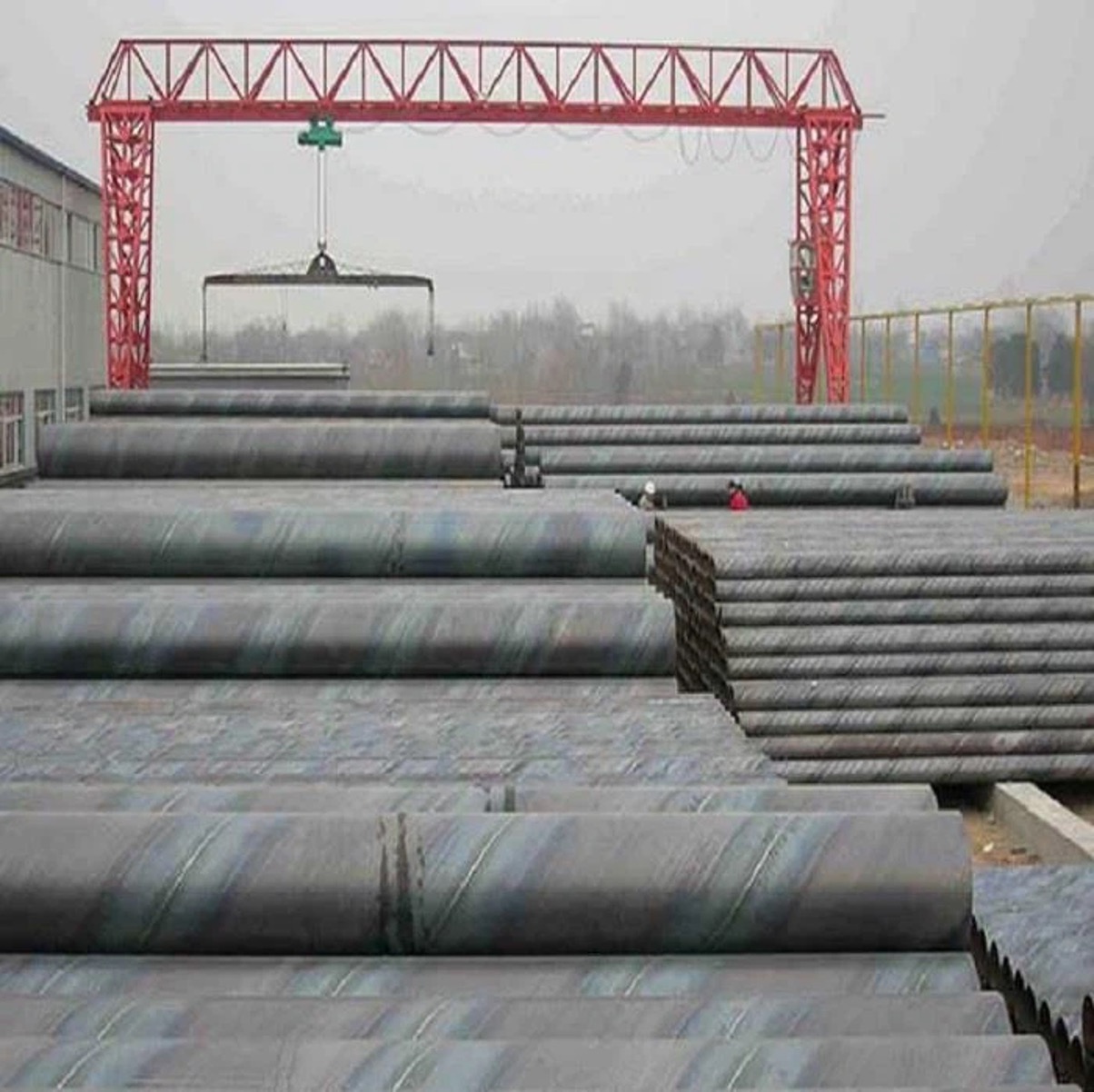
Because of its low cost, Q195 is commonly utilized in applications that do not require high strength or specific features. Q195 is commonly used for general structural reasons, furniture manufacture, construction products, and automobile components.
It’s worth noting that Q195 is an older standard, and there may be more modern steel grades with comparable or better qualities. It is usually advisable to reference the relevant standards and specifications for precise information on the qualities and applications of Q195 steel.
Q195 steel’s chemical composition is as follows:
Carbon (C): The carbon content of Q195 steel normally ranges between 0.06% and 0.12%. Carbon is the major strengthening element of steel, adding to its hardness and strength.
Manganese (Mn): Manganese content in Q195 steel ranges from 0.25% to 0.50%. Manganese increases steel’s hardenability and tensile strength while also improving its workability and weldability.
Silicon (Si): The silicon concentration of Q195 steel is normally less than 0.30%. Silicon deoxidizes the steel throughout the production process, increasing its strength and toughness.
Phosphorus (P): Q195 steel contains a maximum phosphorus level of 0.035%. Phosphorus is added to steel to boost its strength and machinability.
Sulfur (S): The maximum sulfur concentration in Q195 steel is 0.040%. Sulfur is occasionally added to improve machinability, however too much sulfur might degrade the steel’s characteristics.

It is crucial to note that the chemical composition of Q195 steel may differ slightly based on the manufacturing method and supplier. As a result, it is best to check the applicable standards or specifications for detailed information on the chemical composition of Q195 steel for a certain application.
Q195 steel has certain qualities that make it ideal for a variety of applications. Here are some main characteristics of Q195 steel:
Q195 steel has a low yield strength of around 195 MPa and tensile strengths ranging from 315 to 430 MPa. While it is not called high-strength steel, it is strong enough for many structural and general-purpose applications.
Q195 steel has good ductility, which allows it to be easily shaped, bent, or stretched without fracture. This feature makes it appropriate for a variety of fabrication methods, including cold forming, rolling, and drawing.
Q195 steel is typically low to medium in hardness, making it easy to mill and deal with. If required, heat treatment can be used to increase hardness.
Q195 steel is noted for its high weldability. It is easily welded with standard processes such as arc welding, gas welding, and resistance welding, making it suitable for attaching structures or components.
Q195 steel has strong machinability, enabling for efficient machining operations including turning, milling, and drilling. It can be simply cut and fashioned into the desired shapes.
Q195 steel has limited corrosion resistance and is prone to rusting when exposed to moisture or corrosives. For optimal corrosion prevention, a proper surface treatment or coating is recommended.
Q195 steel has a moderately high electrical and thermal conductivity, making it appropriate for several electrical and heat transfer applications.

It’s worth noting that the actual qualities of Q195 steel can vary slightly based on factors including composition, production methods, and heat treatment. As a result, it is best to check the applicable standards or specifications for detailed information on the qualities of Q195 steel for a certain application.
Q195 steel is a Chinese low-carbon steel grade with no direct international counterpart. However, there are some approximate equivalents in other standards that have the same chemical composition and mechanical qualities as Q195 steel. Here are some instances.
ASTM A283/A283M: This is Q195 steel equivalent ASTM. Because of its chemical composition and mechanical qualities, ASTM A283 Grade C is frequently thought of as a close equal to Q195 steel.
DIN 17100: St33 is a German standard steel grade that is frequently used as an alternative to Q195 steel. It has similar chemical and mechanical properties.
JIS G3101: SS330 is a Japanese standard steel grade similar to Q195 steel. It has a comparable chemical composition and mechanical qualities.
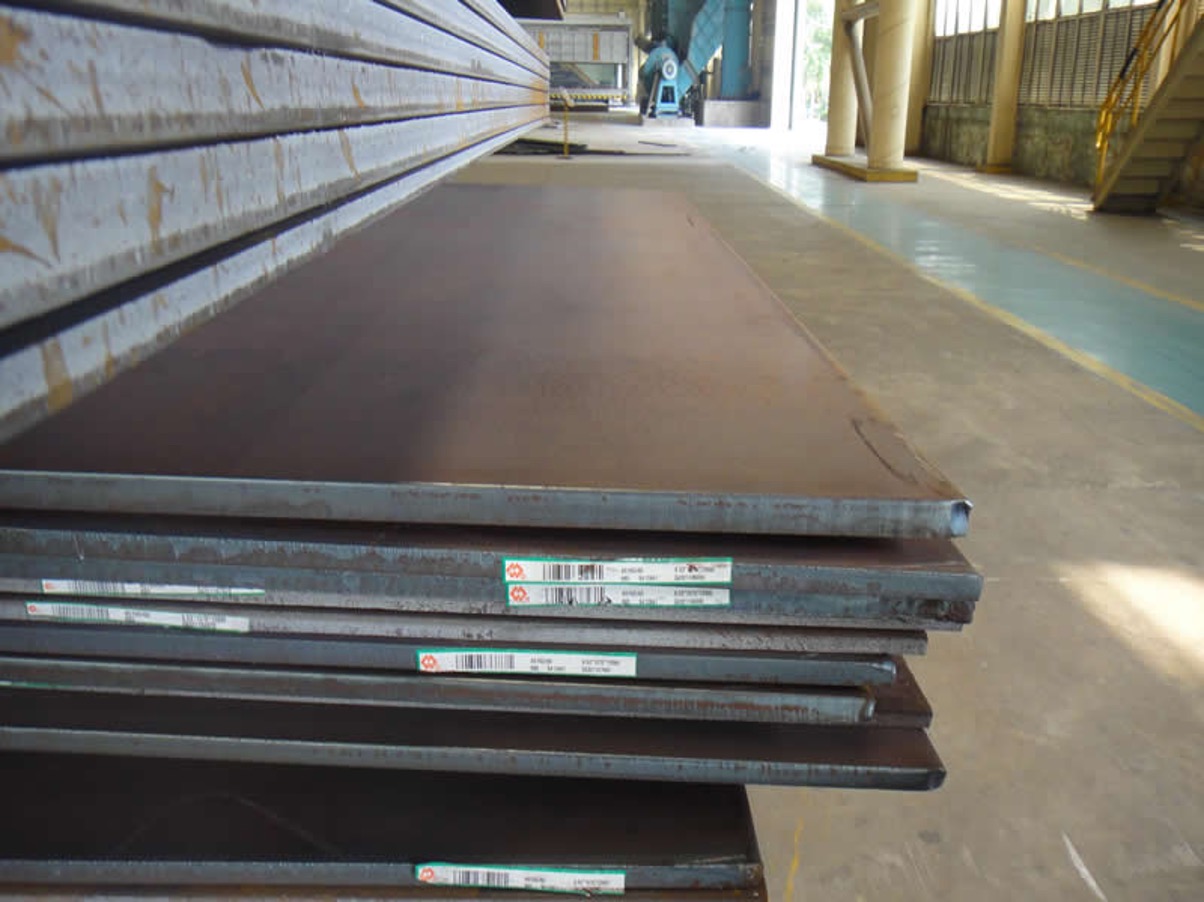
While other standards provide some approximate equivalents, it is crucial to note that their chemical compositions and mechanical qualities may differ. The proposed equivalents listed before, such as ASTM A283 Grade C, DIN 17100 St33, and JIS G3101 SS330, are frequently used as references due to their similar composition and qualities. However, they do not exactly match Q195 steel.
To precisely find an equivalent grade for Q195 steel in a certain international standard, check the relevant standards and specifications, as well as potential closest matches based on composition and qualities. Working with a materials expert or consulting reliable sources would be useful in determining the best equivalent grade for your specific application.
Q195 steel is widely utilized in the production of numerous steel products due to its low cost and adaptability. Q195 steel can be used to make the following steel products:
Q195 steel is commonly used to make welded and seamless pipes and tubes for a variety of applications, including water supply, gas transportation, structural supports, and general purpose piping.
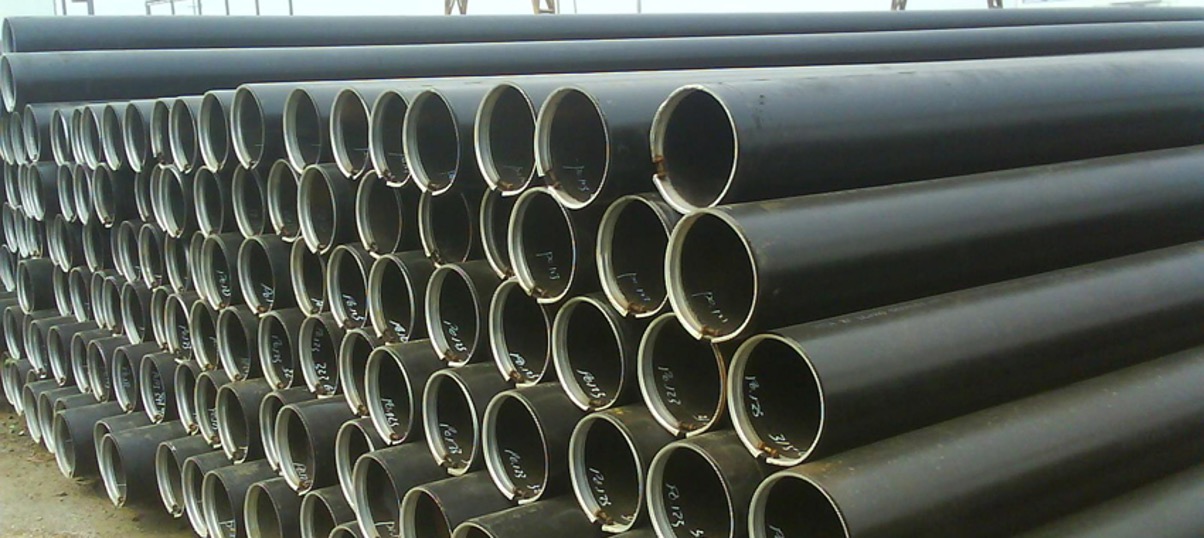
Q195 steel tube
Structural components, such as beams, columns, and angles, are made from Q195 steel. Its moderate tensile strength and weldability make it ideal for frameworks and supports.
Q195 steel is often used to manufacture wire mesh, fence, binding wire, and electrical wires. Its high ductility and mild strength make it ideal for these applications.
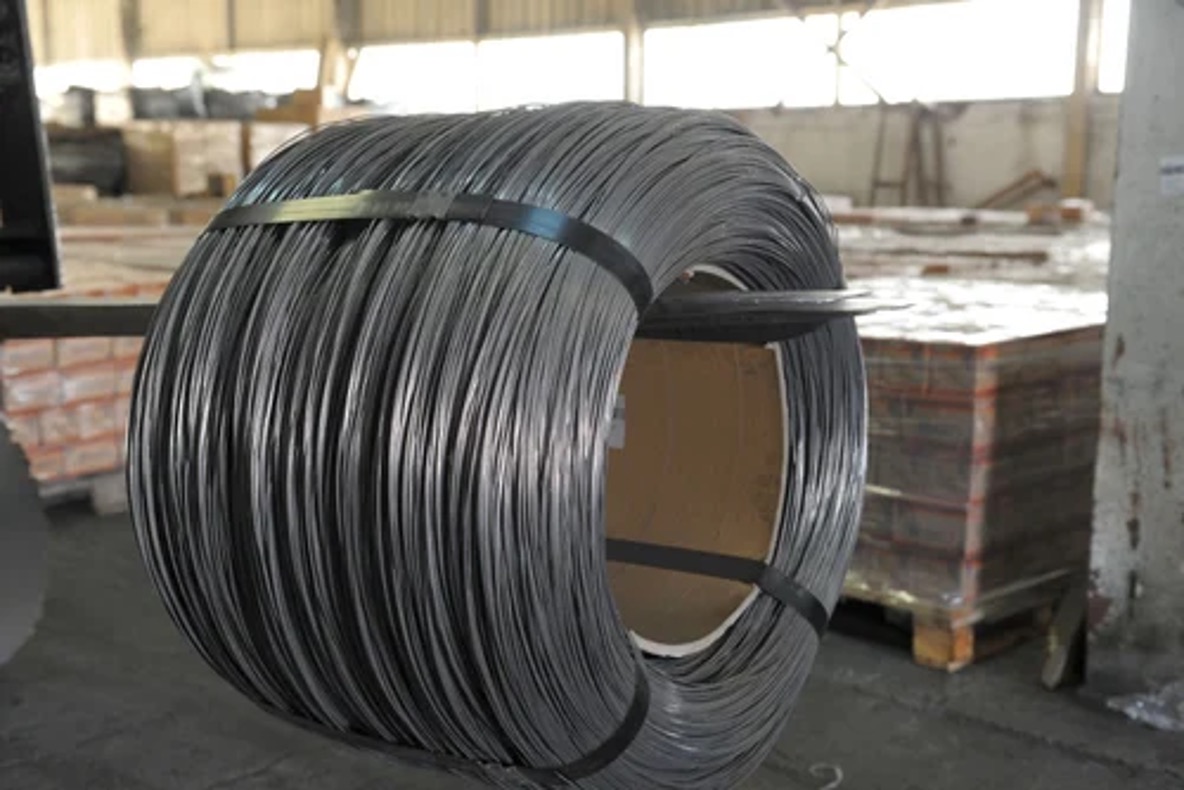
Q195 steel wire
Q195 steel is used to make a variety of fasteners, such as bolts, screws, nails, and rivets. These fasteners are critical components in the building, manufacturing, and other sectors.
Q195 steel is used to make brackets, supports, and other automobile components. Its intermediate strength and formability make it ideal for various applications.
Q195 steel is occasionally used in the production of household appliances like refrigerators, washing machines, and stoves, where its affordability and formability are beneficial.
Q195 steel is rolled into thin sheets and utilized in a variety of applications, including automobile body panels, roofing, cladding, and general fabrication.
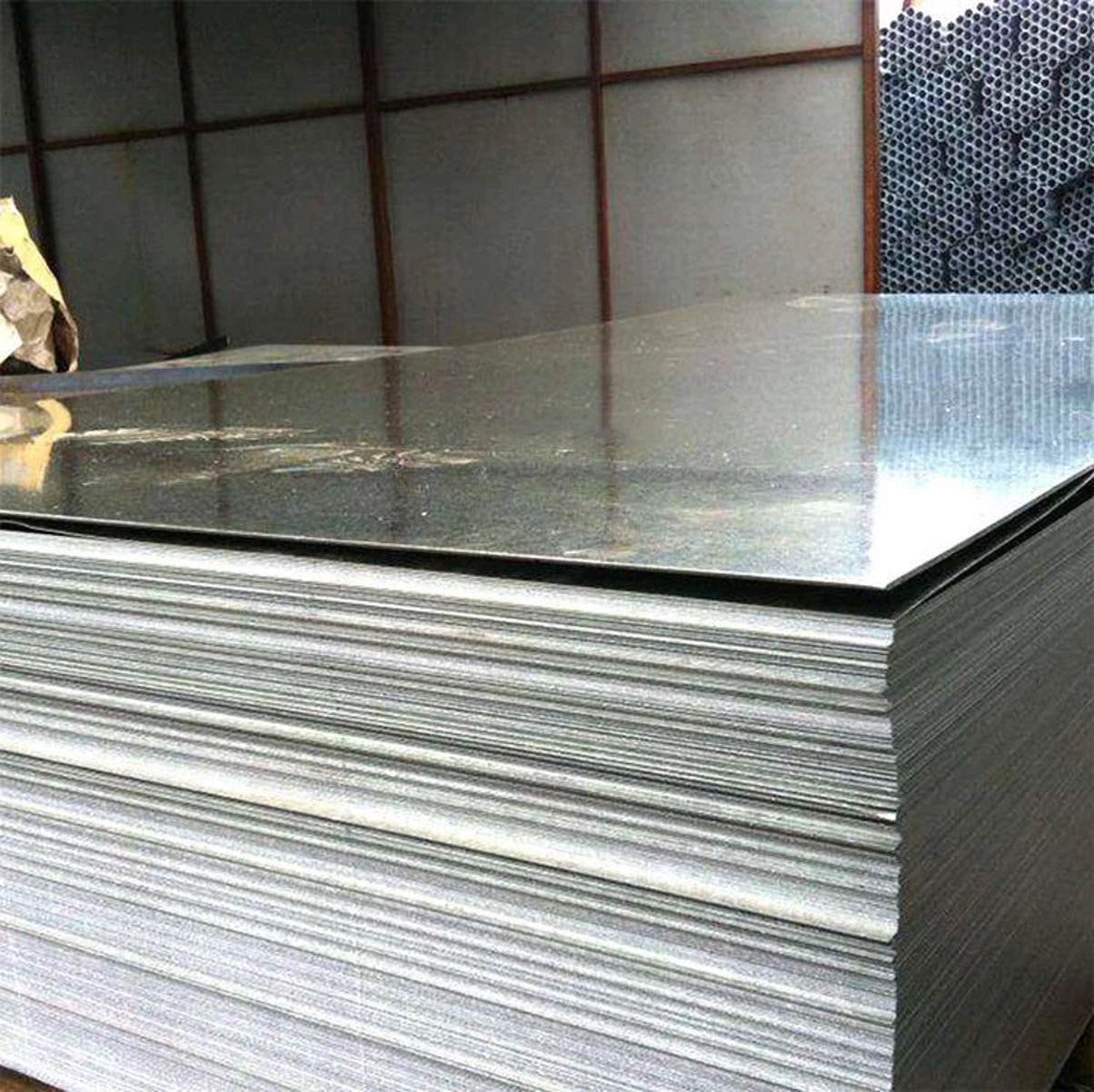
Q195 galvanized metal sheet
These are just a few examples of steel items that can be created with Q195 steel. The specific goods and applications may differ depending on the manufacturing methods and customer needs.
Q195 and Q235 are two widely used Chinese steel types that are frequently compared because of their similarities. While Q195 and Q235 share some similarities, they also differ significantly in terms of chemical composition and mechanical qualities. Here are the main differences:
Q195 steel contains approximately 0.06-0.12% carbon, 0.25% manganese, 0.35% silicon, and a maximum sulfur and phosphorus level of 0.050% each.
Q235 steel has a somewhat higher carbon percentage (0.14-0.22%), manganese (0.3-0.65%), silicon (0.30%), and a maximum sulfur and phosphorus concentration of 0.050% each.
The yield strength of Q195 steel is 195 MPa, and its tensile strength ranges from 315 to 430 MPa. It has a low strength and is ideal for general-purpose applications.
Q235 steel has a higher yield strength of 235 MPa and a tensile strength of 370–500 MPa. It has better strength than Q195 and is widely employed in structural and engineering applications.
Q195 steel has excellent ductility and formability, making it appropriate for a variety of fabrication methods including cold forming, rolling, and drawing.
Q235 steel is also very ductile and formable, making it easier to treat and shape.
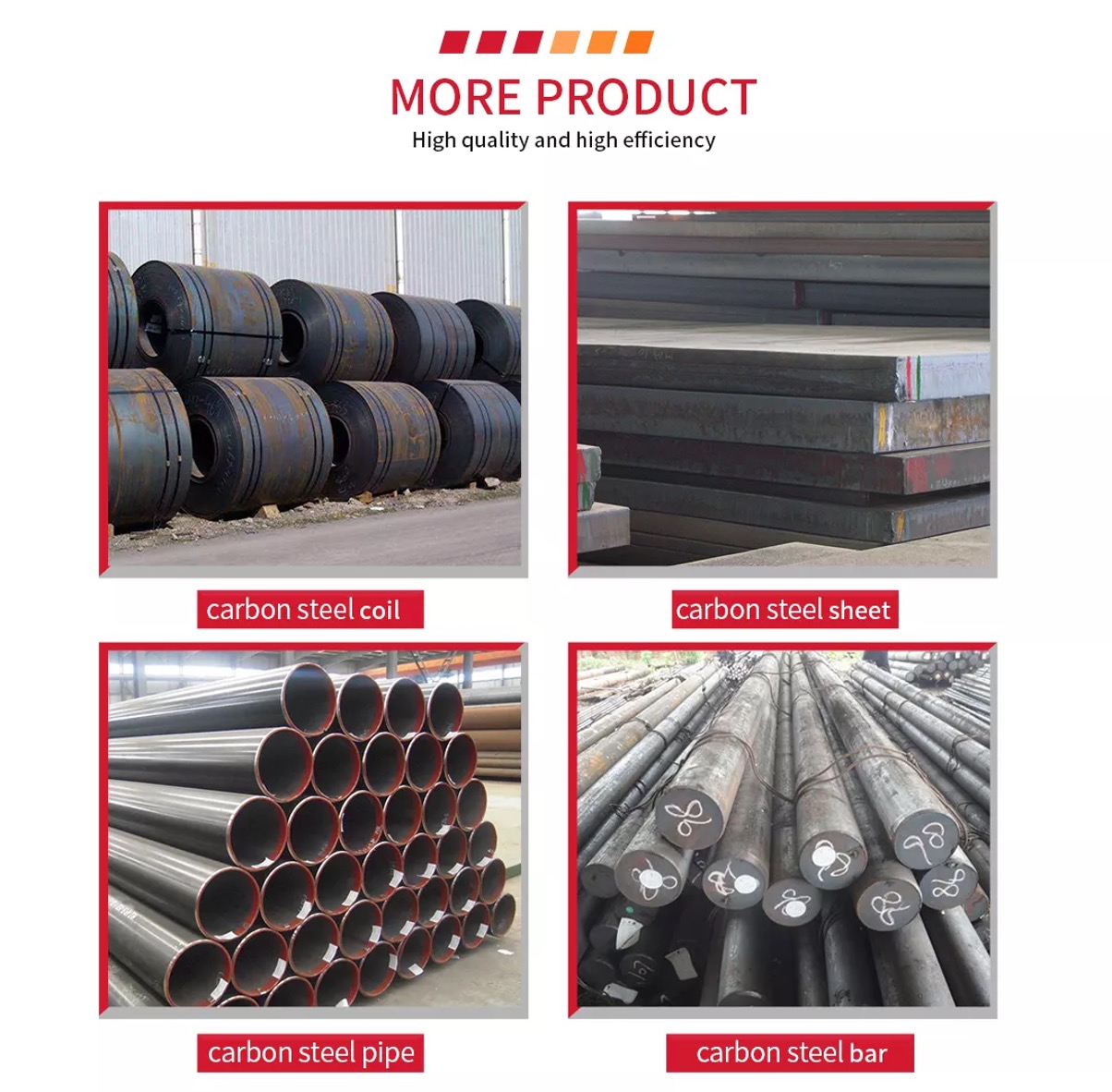
Both Q195 and Q235 steels have excellent weldability. They are easily welded using standard methods like arc welding, gas welding, and resistance welding.
Overall, Q195 and Q235 have similar properties, however Q235 steel has somewhat higher carbon content and yield strength than Q195 steel. This makes Q235 steel better suited for structural and engineering applications that demand greater strength. To find the most acceptable grade for a given application, refer to the relevant standards and specifications.
In conclusion, understanding the chemical composition, characteristics, and equivalent ASTM standards of Q195 steel is critical for making informed decisions in a variety of industries. By looking into the major ingredients and percentages that comprise its composition, we acquire useful insights into its properties and prospective uses. The knowledge of Q195 steel’s strength, ductility, and formability enables exact selection in various tasks. Furthermore, establishing identical ASTM standards is a useful tool for worldwide comparisons. With its versatility and wide range of uses, Q195 steel remains a dependable and popular choice in the steel manufacturing and construction industries.
Learn more
Address
Website: https://stavianmetal.com
Email: info@stavianmetal.com
